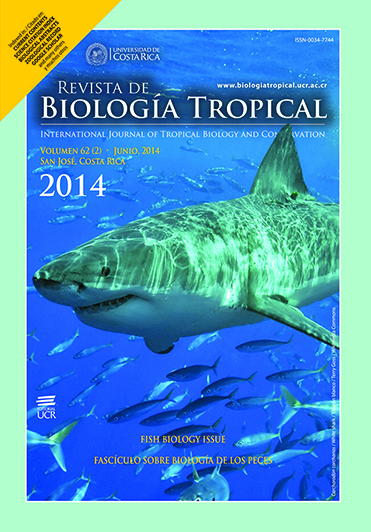Abstract
The system of Ibera lake and marshes in the Province of Corrientes, covers an area of approximately 12 000km2, and is considered one of the most important wetlands in Latin America. Given the wide diversity of tropical communities in this area, it is important to generate new information about the different species of this ecosystem, through pollen morphology, as lake sediments favor the pollen grains conservation. With the aim to promote future research on systematics, vegetation history and melissopalynology of this region, this study attempted to describe the pollen morphology of the well represented genus Senna. For this, we conducted 5-8 days collection trips in Southeast Ibera, on a monthly basis between 2009 and 2011. Based on the plants collected, the literature review and databases from the herbarium of the Botanical Institute of Northeast Argentina, we developed a list of species for the Province of Corrientes. For the pollen morphology, we manually took at least three flower buds per flower in the sampled sites, and for those species not sampled in the field, samples were obtained from the IBONE herbarium. Palynological material preparation was carried out by a modified technique of Erdtman acetolysis. The palynological descriptions considered the polar and equatorial diameter, exine thickness, openings and sculptural elements. Our results showed that Senna genus is euripalynic, composed of 3-colporate pollen grains, small to medium size, radiosymmetric, isopolar, oblates-spheroidals to prolates, subcircular field, subtriangular to triangular and long colpis. We described for the first time, the pollen morphology of 17 species of the genus Senna for this area, and recognized two groups considering endoapertures: lalongates and circular. The list of species belonging to the genus Senna presented here could be considered in restoration and recovery plans. A major constraint for the correct interpretation of the environmental changes impacts in vegetation, whether of climatic and/or anthropogenic origin, is the knowledge of pollen morphology of tropical species. A palynological database is of high value for the interpretation and determination of plant species.Comments

This work is licensed under a Creative Commons Attribution 4.0 International License.
Copyright (c) 2014 Revista de Biología Tropical
Downloads
Download data is not yet available.






